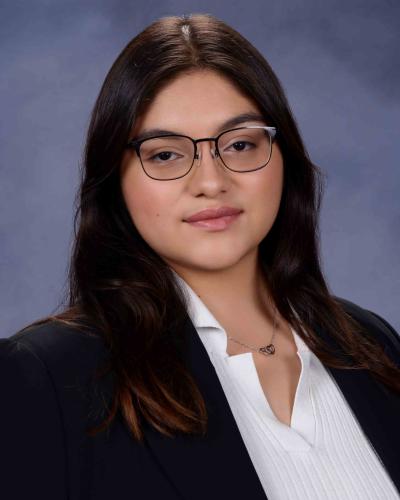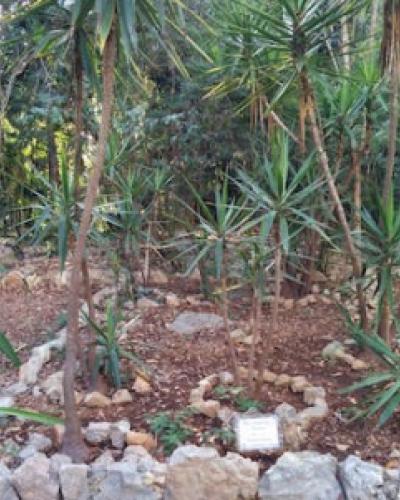Day/time: TR 2:45pm-4:00pm
Mode: Hybrid-Online and In Person (Split Hybrid class. All students meet ONLINE on Tuesdays and IN PERSON on Thursdays.)
Instructor: Maia Dedrick
This course will prepare students to identify, analyze, and interpret plant remains gathered from archaeological sites. We will build a conceptual framework to explain how human behavior relates to plant patterning, drawing on case studies from around the world. Through hands-on laboratory activities, we will study aspects of plant anatomy and explore methods for the sampling and identification of plant remains, including charred seeds and wood, phytoliths, starch grains, and pollen. We will analyze paleoethnobotanical datasets using database and statistical programs to present evidence in varying formats. Final projects will involve the first-hand study of plant remains sampled from archaeological sites.
Photo caption: Botanical garden: Paleoethnobotany involves identifying plant remains from archaeologicalsites. In order to do so, we compare samples with specimens from today, such as these plantsfrom a botanical garden in Mexico.





